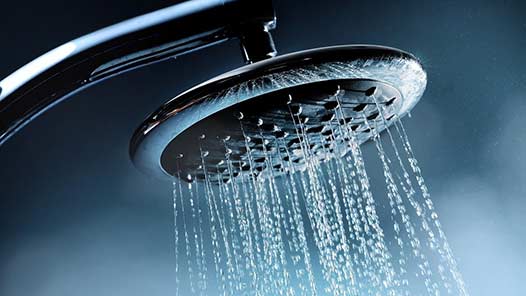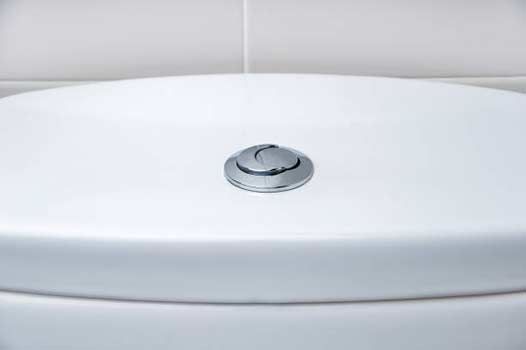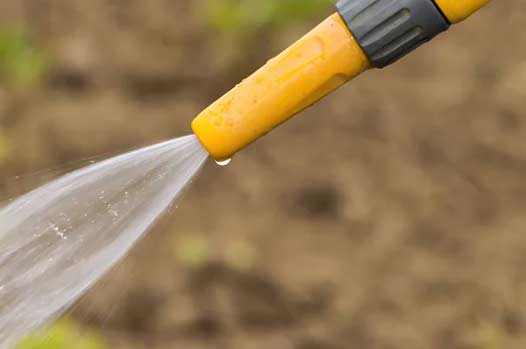
Welcome to our article on 10 ways to save water in your home! Water conservation is an important topic as it helps us protect our planet’s most valuable resource. By implementing simple and practical water-saving techniques in your daily routine, you can significantly reduce your water consumption and contribute towards a sustainable future. Here we will provide you with ten effective methods to save water in your home.
1. Fix Leaks
One of the most common sources of water wastage in a household is leaks. Even minor leaks can add up to thousands of gallons of wasted water over time. Regularly check for leaks in your faucets, toilets, and pipes. If you find any, make sure to fix them promptly. This simple step can save a significant amount of water and reduce your utility bills.
2. Install Faucet Aerators
A faucet aerator is a small device that fits onto the tip of your faucet. It mixes air with water, reducing the flow without affecting water pressure. By installing aerators on all your faucets, you can lower water usage by up to 50% without compromising on functionality. These inexpensive devices are easy to install and available at most hardware stores.
3. Use Low-Flow Showerheads
Traditional showerheads can consume a substantial amount of water. Switching to low-flow showerheads can help you conserve water without sacrificing your shower experience. These showerheads restrict the flow rate to as low as 1.5 gallons per minute, significantly reducing water consumption. With the advancements in technology, many modern low-flow showerheads provide a satisfying shower experience while conserving water.
4. Practice Shorter Showers
While installing low-flow showerheads is helpful, it is also essential to be mindful of the time spent in the shower. Aim to take shorter showers and turn off the water while lathering or shampooing. By reducing your shower time by just a few minutes, you can save a substantial amount of water in the long run.

5. Opt for a Dual-Flush Toilet
Toilets account for a significant portion of water usage in a household. Consider upgrading to a dual-flush toilet that offers two flushing options – a full flush for solid waste and a half flush for liquid waste. This water-efficient design can help reduce water usage by up to 50% compared to traditional toilets.
6. Use a Water-Saving Dishwasher
Dishwashers have become an essential appliance in most homes, but they can consume a considerable amount of water. To conserve water during dishwashing, invest in a dishwasher that has a high Water Factor (WF) rating. A lower WF rating indicates better water efficiency. Additionally, wait until you have a full load before running the dishwasher to maximize water conservation.
7. Collect and Reuse Rainwater
Maximize the use of nature’s gift by collecting and reusing rainwater. Installing a rain barrel or a rainwater harvesting system allows you to collect rainwater from your roof, which can later be used for outdoor irrigation, watering plants, or even for flushing toilets. This not only reduces your reliance on the municipal water supply but also cuts down your water bills.
8. Choose Water-Efficient Appliances
When purchasing new appliances, such as washing machines or refrigerators, opt for models that are labeled as water-efficient by programs such as ENERGY STAR. These appliances are specifically designed to minimize water usage while delivering perfect performance. Though they may involve a higher upfront cost, the long-term savings in water and energy bills make them a wise investment.

9. Be Mindful of Outdoor Water Usage
Outdoor water usage, especially for gardening and lawn maintenance, can account for a significant amount of water wastage. Follow these water-saving practices for outdoor areas:
- Water your plants and lawn in the early morning or late evening to minimize evaporation.
- Use a broom instead of a hose for cleaning outdoor surfaces like driveways and patios.
- Consider using drought-tolerant plants that require less watering.
- Install a drip irrigation system that delivers water directly to the plant roots, minimizing wastage.
- Monitor weather conditions and adjust your watering schedule accordingly.
10. Raise Awareness
Lastly, raise awareness about water conservation among your family, friends, and community. Share the tips and techniques mentioned in this article through social media, word of mouth, or community events. Encourage others to adopt water-saving practices and remind them of the importance of preserving this precious resource.
In Conclusion
Conserving water in your home is not only beneficial for the environment but also for your pocket. By implementing the ten methods discussed in this article, you can make a significant impact in reducing your water consumption. Remember, every drop counts, and together we can ensure a sustainable future for generations to come.

